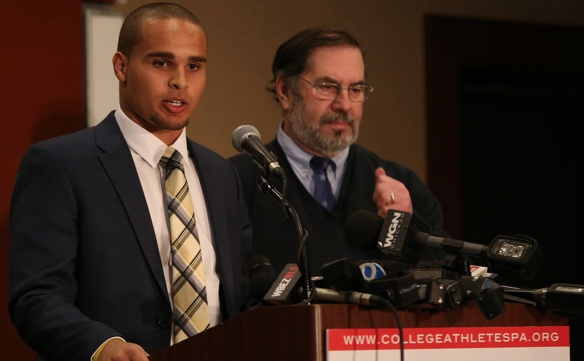Unions in NCAA Football, One Yard Closer
26 Mar, 2014
In a ruling that could revolutionize a college sports industry worth billions of dollars and have dramatic repercussions at schools coast to coast, a federal agency said Wednesday that football players at Northwestern University can create the nation’s first union of college athletes.
The decision by a regional director of the National Labor Relations Board answered the question at the heart of the debate over the unionization bid: Are football players who receive full scholarships to the Big Ten school considered employees under federal law, thereby allowing them to unionize?
Peter Sung Ohr, the NLRB regional director, said in a 24-page decision that the players “fall squarely” within the broad definition of employee.
Pro-union activists cheered as they learned of the ruling.
The ruling addresses a unique situation in American college sports, where the tradition of college competition has created a system that generates billions but relies on players who are not paid. In other countries, elite youth athletes turn pro as teens, but college sports are small-time club affairs.
Under U.S. law, an employee is regarded as someone who, among other things, receives compensation for a service and is under the strict, direct control of managers. In the case of the Northwestern players, coaches are the managers and scholarships are a form of compensation, Ohr concluded.
The Evanston, Ill., university argued that college athletes, as students, do not fit in the same category as factory workers, truck drivers and other unionized workers. The school announced plans to appeal to labor authorities in Washington, D.C.
Supporters of the union bid argued that the university ultimately treats football as more important than academics for scholarship players. Ohr sided with the players.
“The record makes clear that the employer’s scholarship players are identified and recruited in the first instance because of their football prowess and not because of their academic achievement in high school,” Ohr wrote. He also noted that among the evidence presented by Northwestern, “no examples were provided of scholarship players being permitted to miss entire practices and/or games to attend their studies.”
The ruling described how the life of a Northwestern football player is far more regimented than that of a typical student, down to requirements about what they can eat and whether they can live off campus or purchase a car. At times, players put 50 or 60 hours a week into football, Ohr added.
Alan Cubbage, Northwestern’s vice president for university relations, said in a statement that while the school respects “the NLRB process and the regional director’s opinion, we disagree with it.”
Huma said scholarship players would vote within 30 days on whether to formally authorize the College Athletes Players Association, or CAPA, to represent them.
The specific goals of CAPA include guaranteeing coverage of sports-related medical expenses for current and former players, reducing head injuries and potentially letting players pursue commercial sponsorships.
Outgoing Wildcats quarterback Kain Colter took a leading role in establishing CAPA. The United Steelworkers union has been footing the legal bills.
Colter, who has entered the NFL draft, said nearly all of the 85 scholarship players on the Wildcats roster backed the union bid, though only he expressed his support publicly.
He said the No. 1 reason to unionize was to ensure injured players have their medical needs met. “With the sacrifices we make athletically, medically and with our bodies, we need to be taken care of,” Colter said.
In a written statement, the NCAA said it disagreed with the notion that student-athletes are employees.
AP
Image Antonio Perez
Mentioned In This Post:
About the author
Related Posts
-
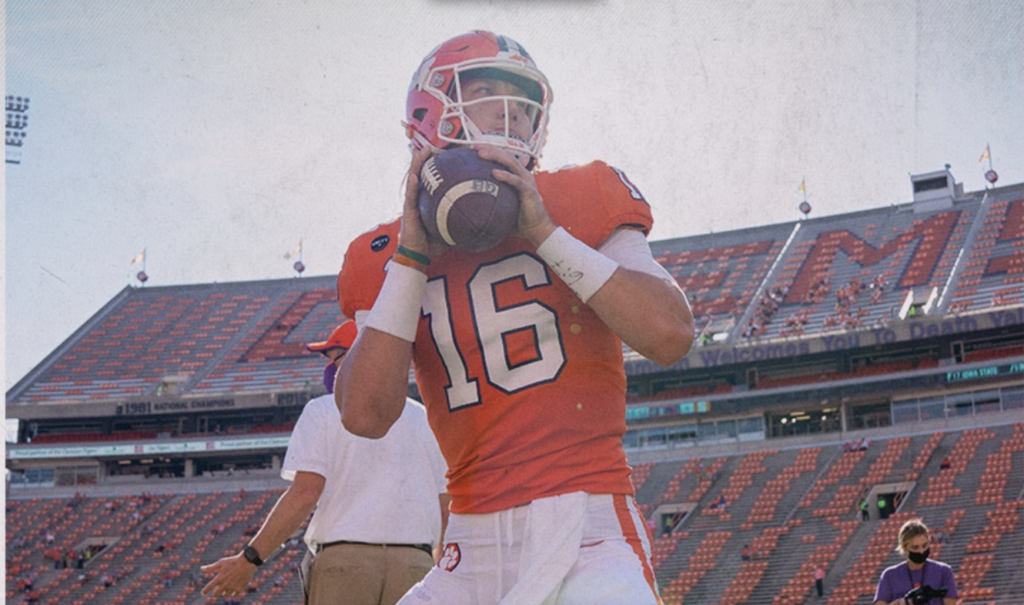
NCAA Golden Boy Test Positive For COVID
-
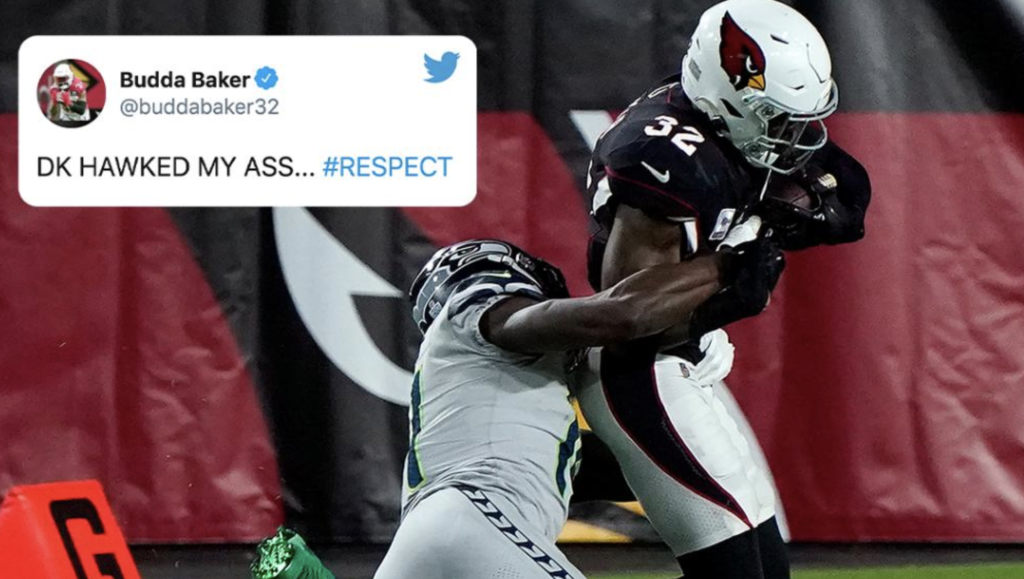
The Pick Six That Wasn't
-
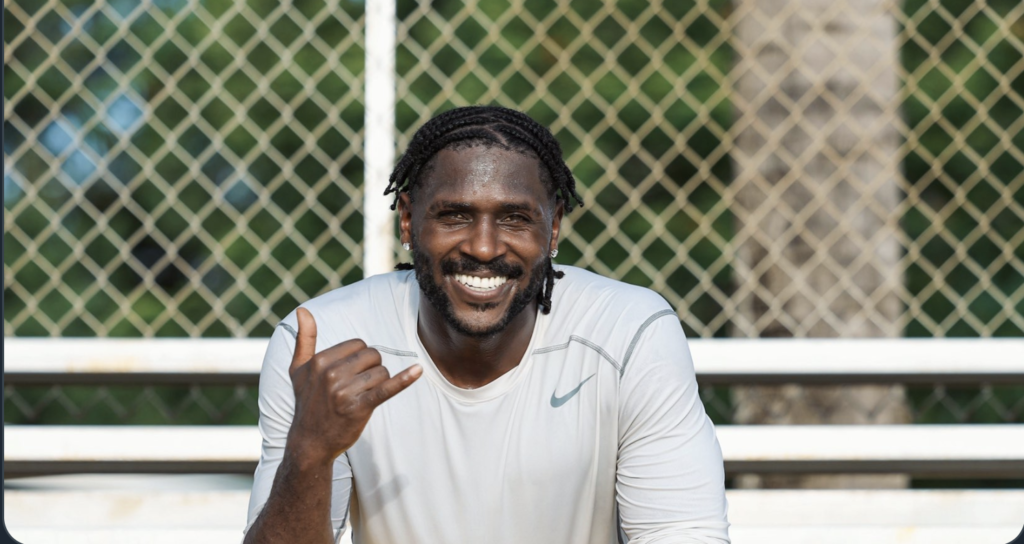
Where Will Antonio Brown Play Next?
-
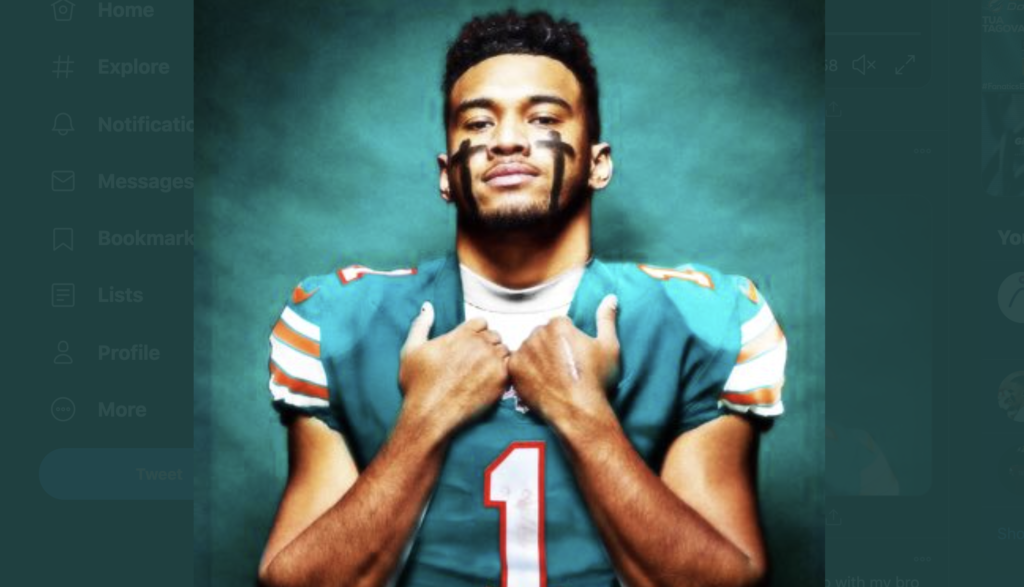
Roll Tide! It's Tua Time In Miami
-
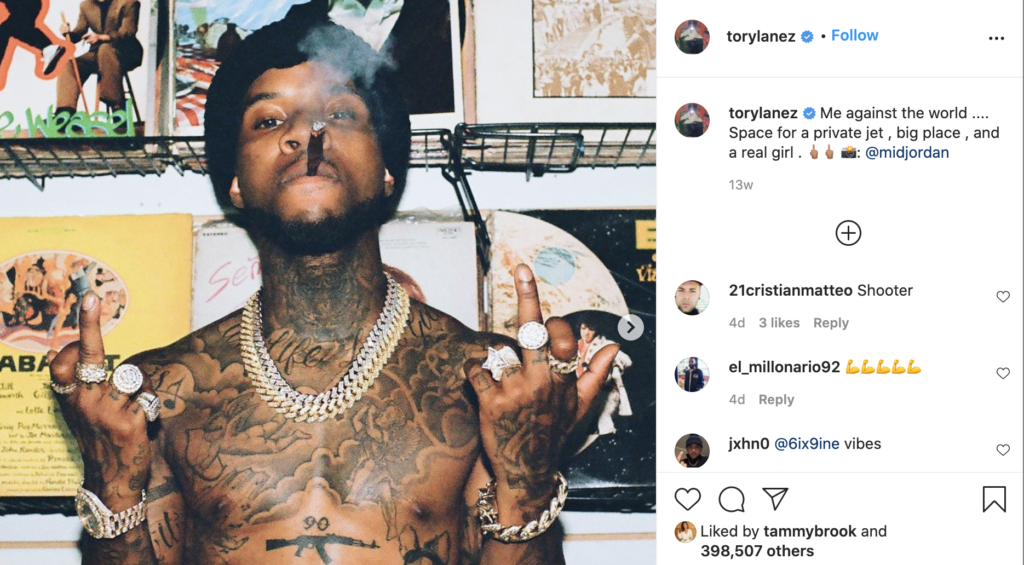
Tory Lanez Arrested For Shooting Megan Thee Stallion
-
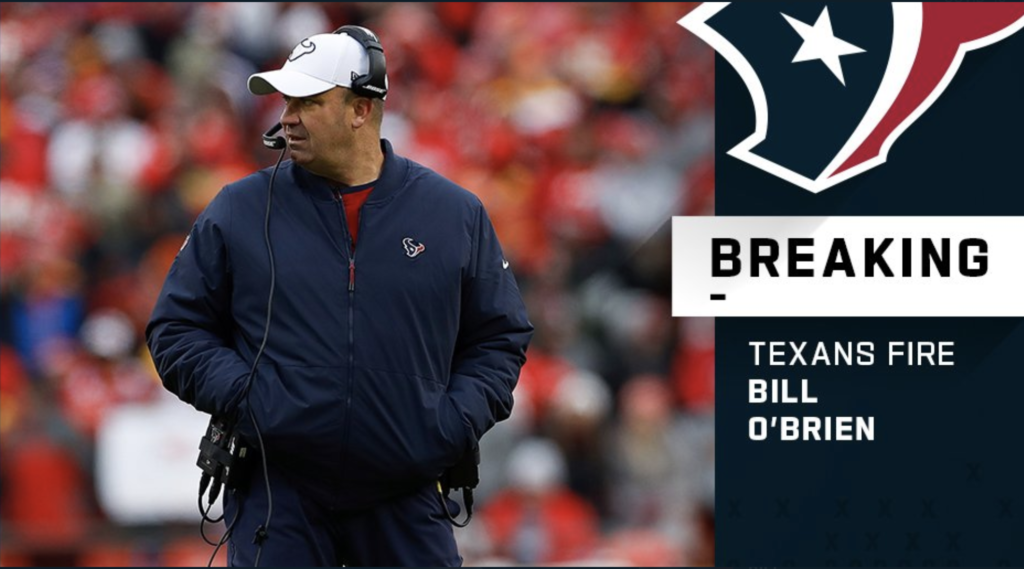
Trade Hopkins, Lose Your Job
-
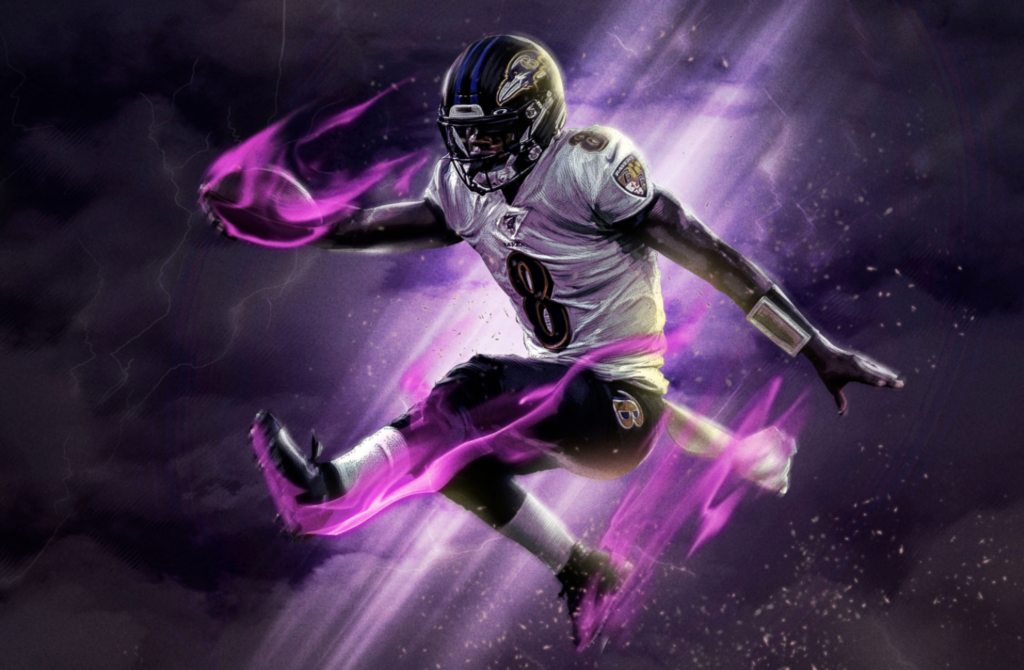
Running Through The Record Books
-
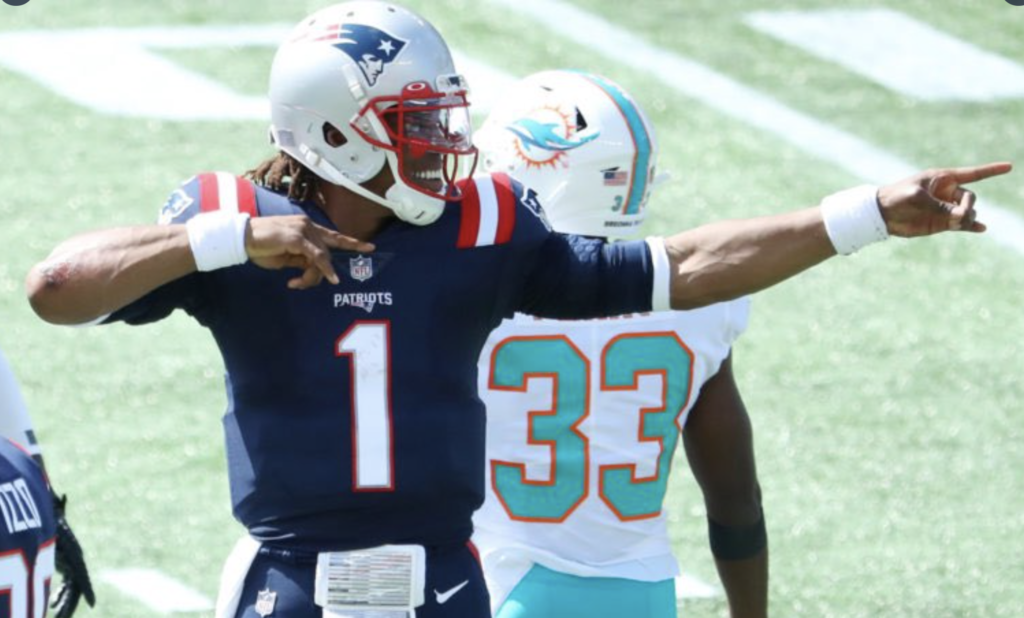
NFL Superstar Tests Positive for COVID
-
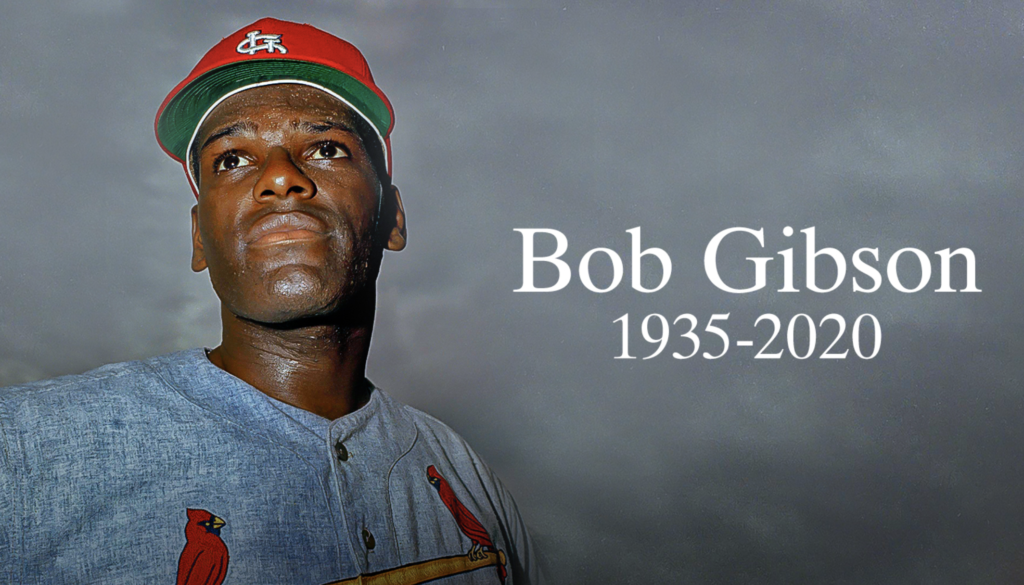
Rest In Peace To A Real Legend
-
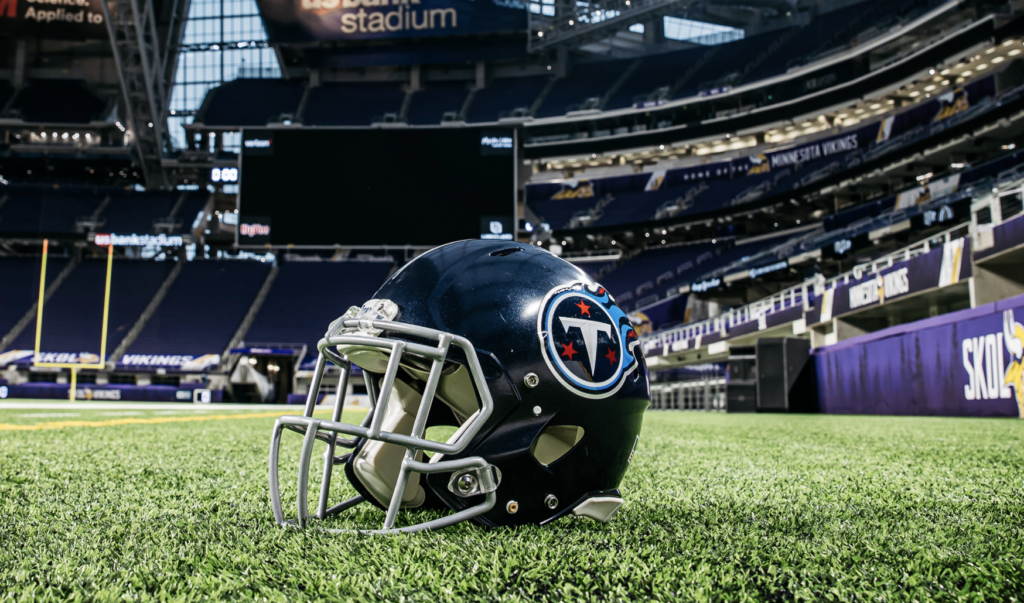
We Got Our First NFL Covid Outbreak

